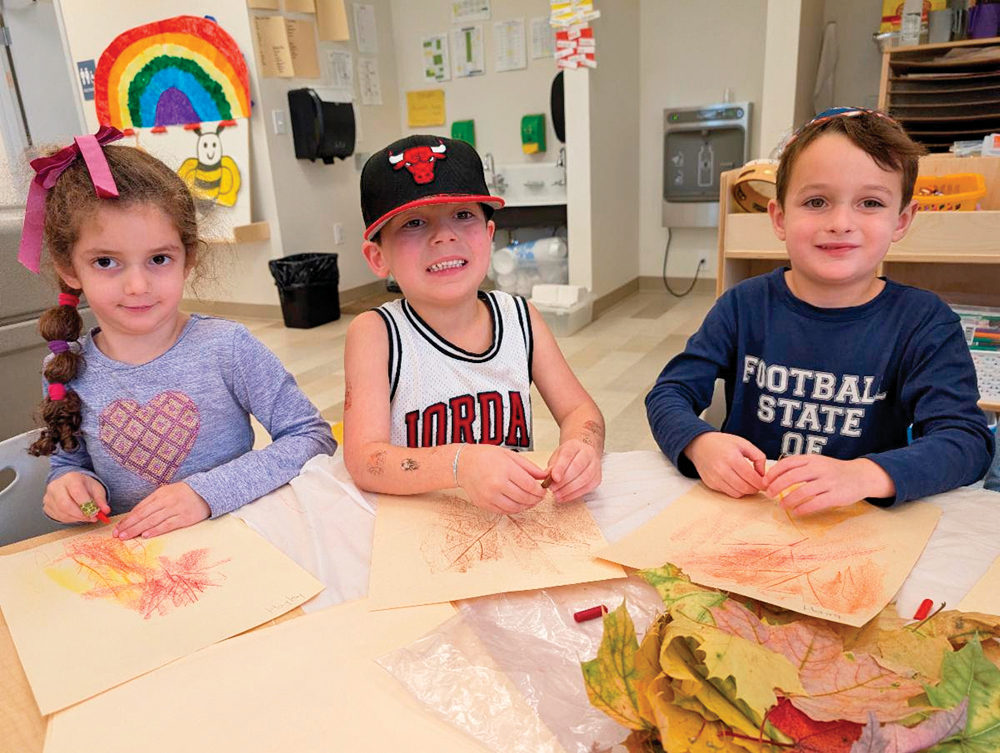.jpg)
.jpg)
When people approach me to discuss buying a second home in Jerusalem, Rechavia is invariably the most requested neighborhood. And for good reason. Rechavia is within walking distance to the Kotel, in close proximity to many shuls, a short stroll to the hustle and bustle of the city center and Emek Refaim, and near cultural centers, hotels and restaurants.
.jpg)
Rechavia was one of the first neighborhoods built in the 1920s during the period of the British Mandate, and is bound by Shaarei Chesed and Nachlaot to the north, Kiryat Shmuel to the south, the city center and Talbieh to the east, and the Israel Museum and Sacher Park to the west. Judge Gad Frumkin, an early resident of the neighborhood, named the neighborhood Rechavia, explaining that “G-d will expand our borders” (rachav in Hebrew means wide).
.jpg)
Rechavia has always been regarded as a prestigious neighborhood, home to academics, doctors, lawyers, teachers and political leaders, including David Ben Gurion, Golda Meir, Teddy Kollek and Binyamin Netanyahu. It is packed with many important national institutions, including the Jewish Agency (immigration and integration), Keren Kayemet L’Yisrael (Jewish National Fund – land development and forestry), and Keren Hayesod (financial support from world Jewry). Rechavia boasts a multitude of famous shuls including The Great Synagogue, Yeshurun, and Bet Knesset Hanassi (Rabbi Wein’s shul), to name but a few, and has many tourist sites such as the famous Windmill and the Prime Minister’s residence.
Many of Rechavia’s streets are named for sages of Medieval (8th to 12th centuries) Spain, such as Abarbanel, Ben Maimon, Ibn Ezra and Ramban, and a few streets are named for early Zionist leaders who resided in the community, such as Ussishkin and Ruppin.
Rechavia has retained much of its original character, and has a mixed demographic, including religious (Yeshivish and Dati Leumi) and secular residents. Its residents cover the full gamut of age ranges, including many students, although the population is decidedly older than neighboring communities.
Because of its older housing stock, many buildings do not have elevators or parking facilities. In addition, grocery shopping is somewhat limited; other than the famous Supersol at the corner of Agron and King George and a small Mr. Zol on Ramban, there are only a few makolot (small groceries) sprinkled across the neighborhood.
Nevertheless, Rechavia remains an exclusive and highly desirable community for people from overseas as it is a quiet neighborhood with architecturally distinctive homes and lush greenery, yet is close to the city center and all the wonderful religious and cultural activities that Jerusalem has to offer.
“My Israel Home” is a real estate agency focused on helping people from abroad buy homes in Israel. You may contact Gedaliah Borvick at gborvick_gmail.com.
By Gedalia Borvik













